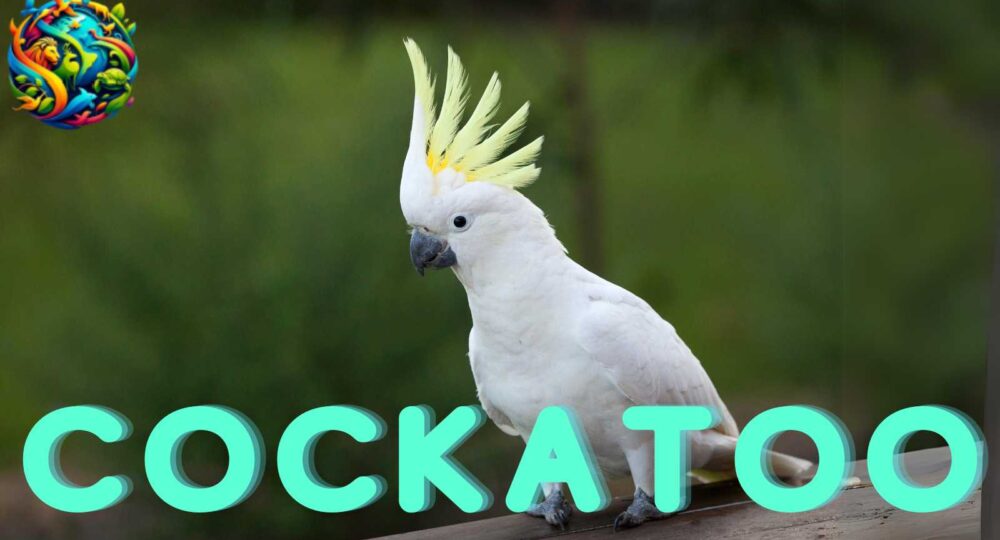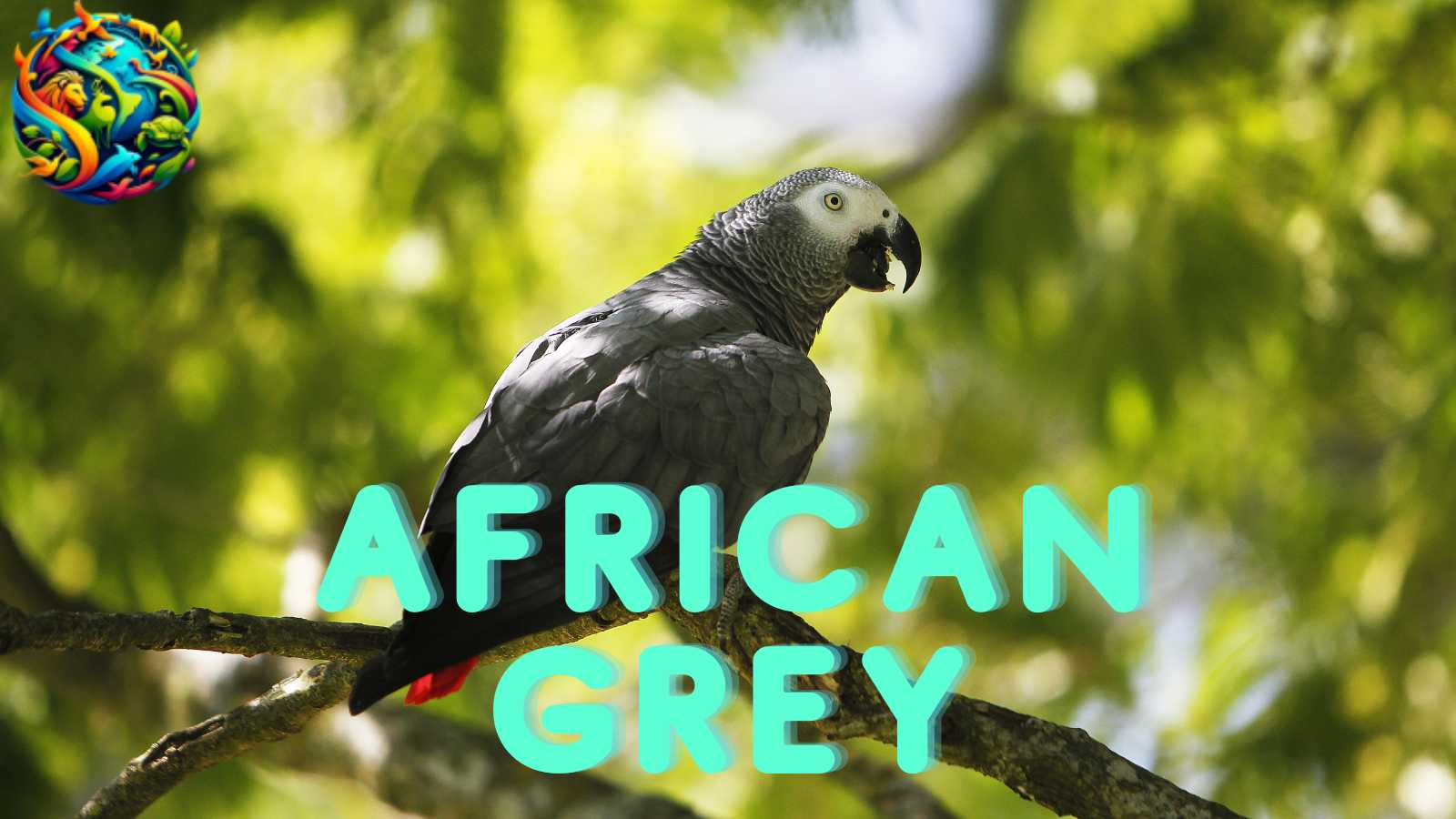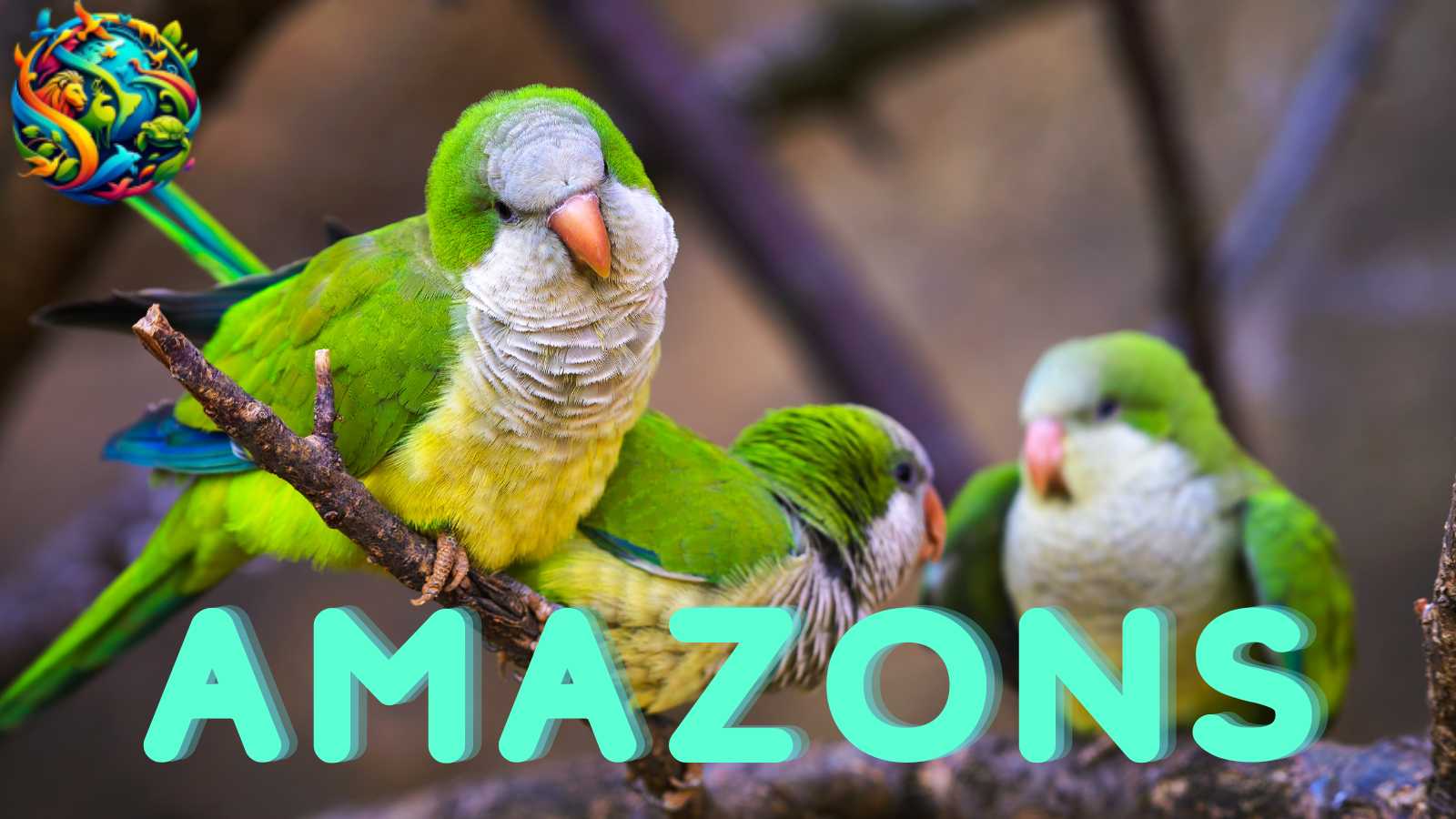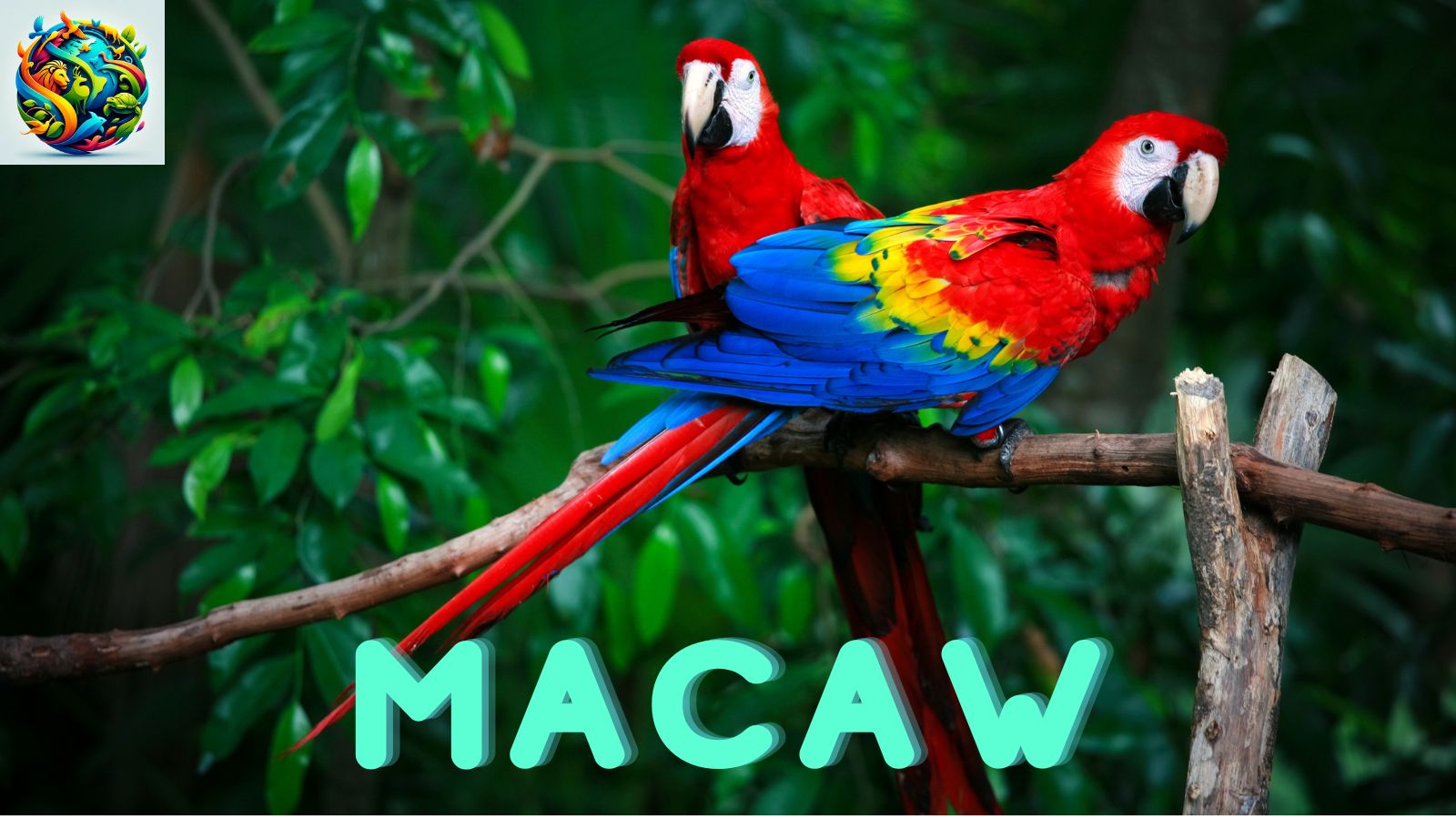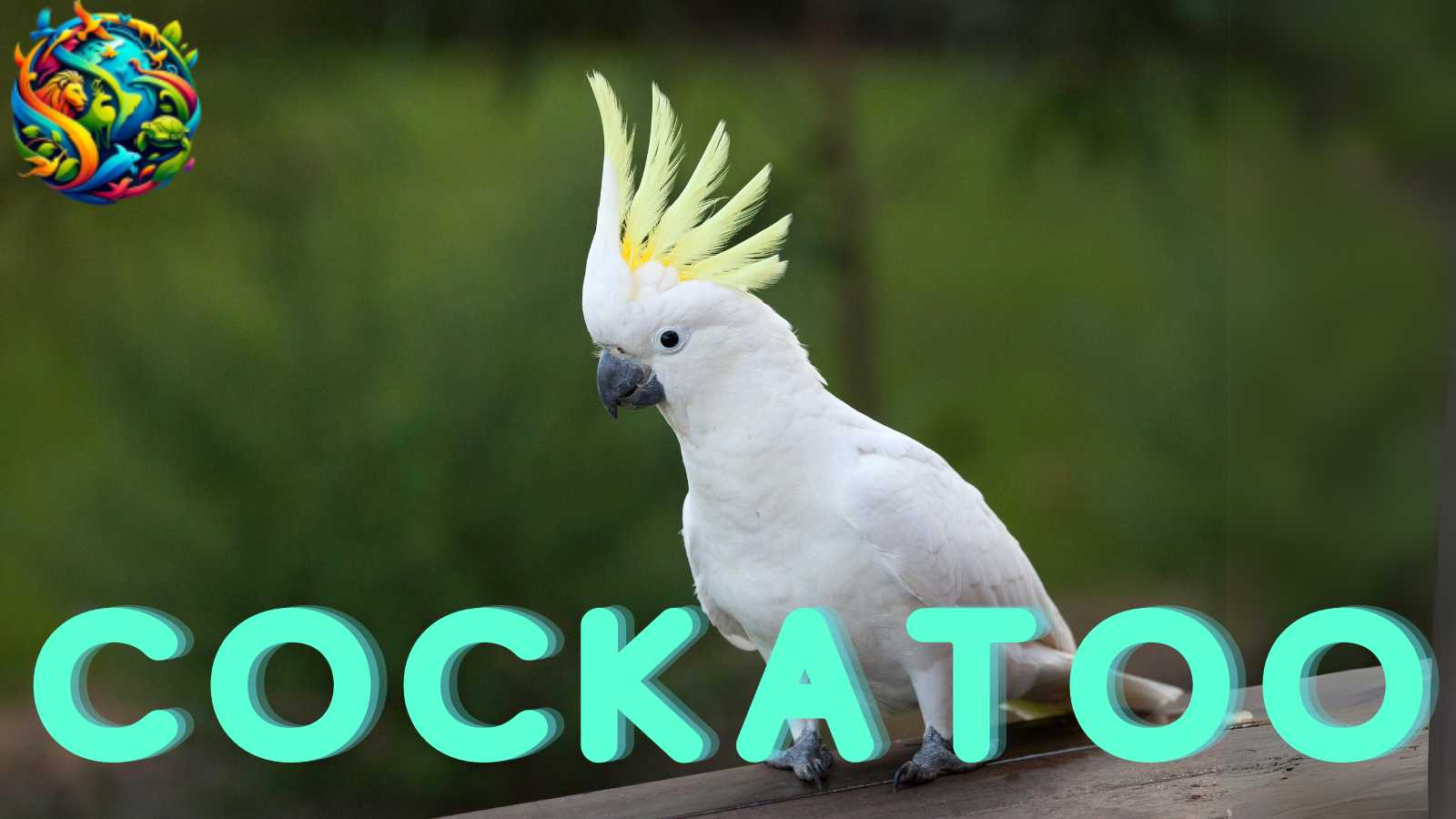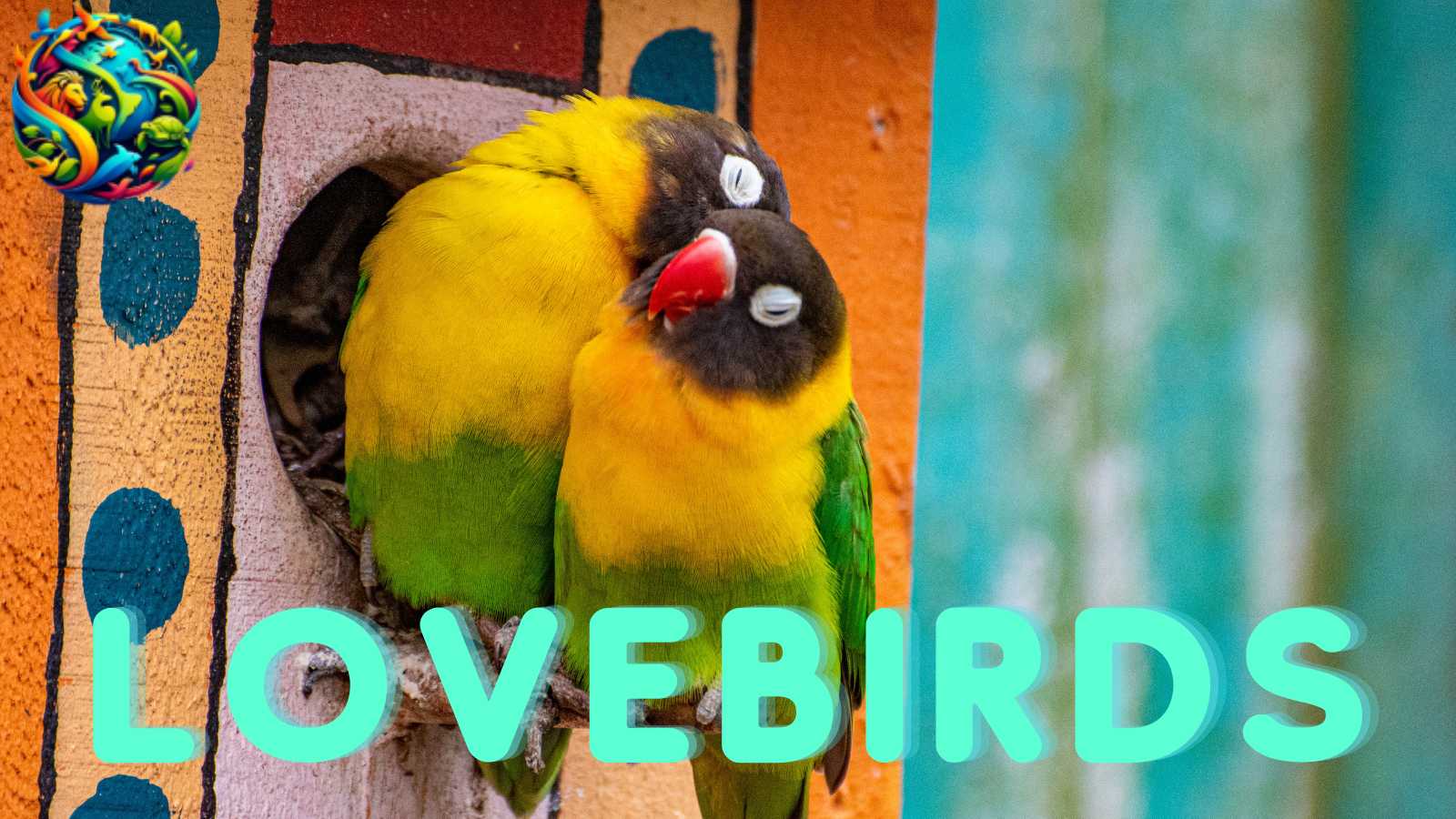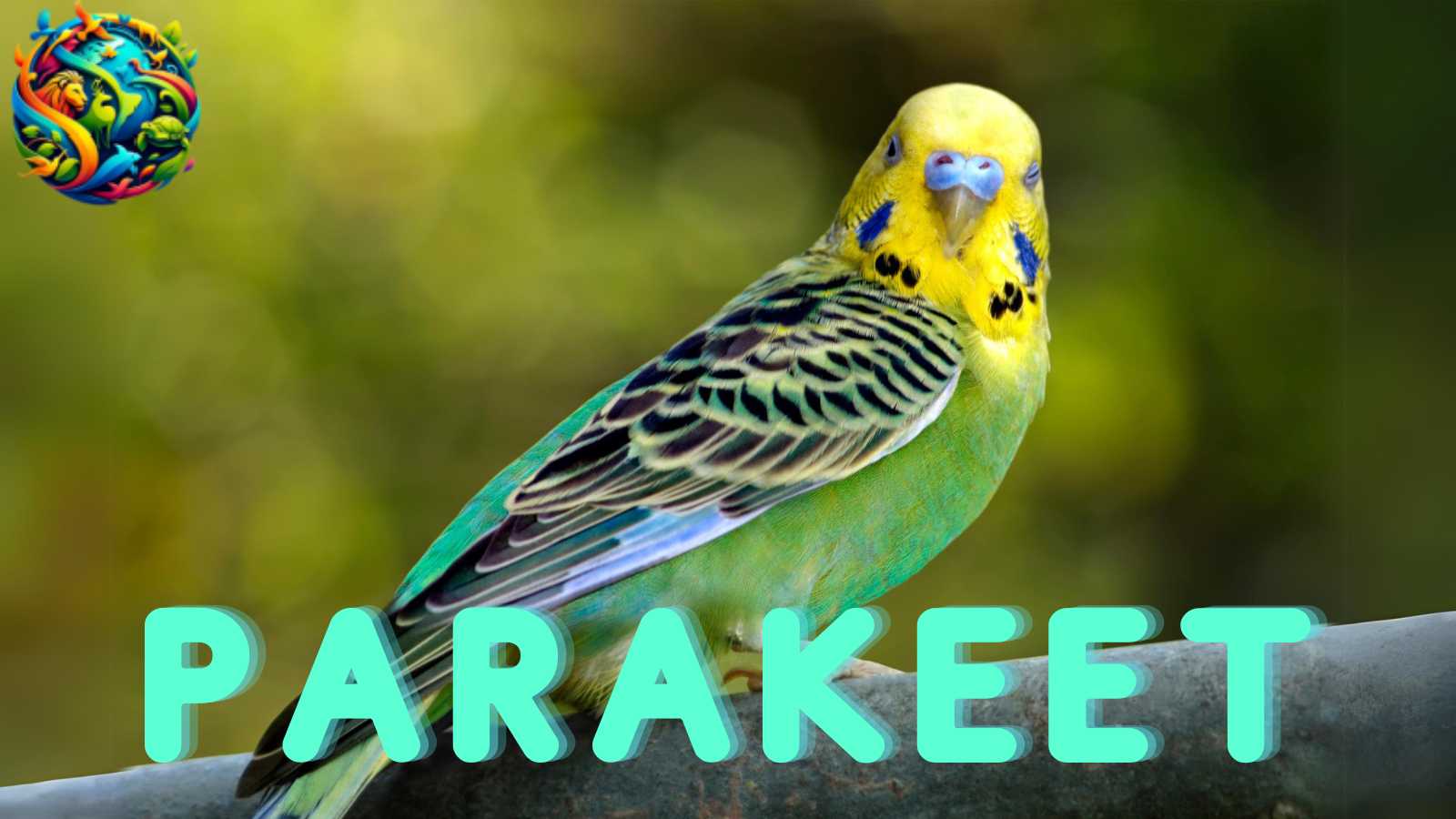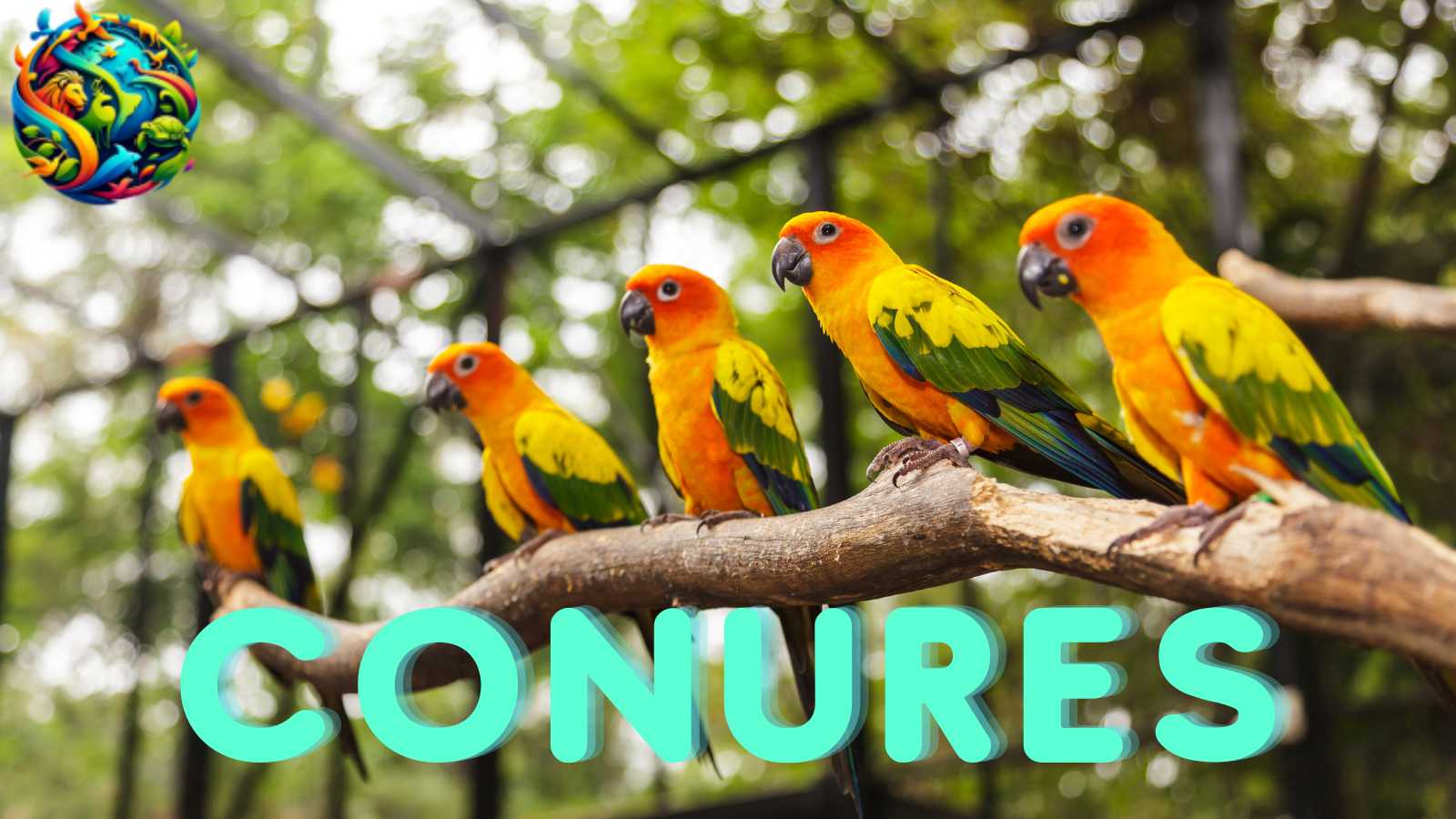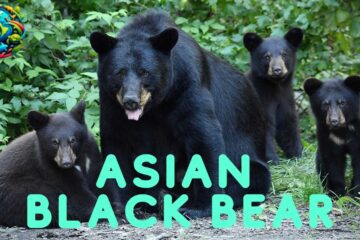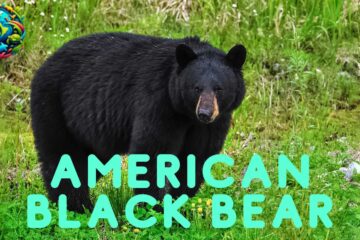Cockatoo: The Charismatic and Intelligent Parrot
Cockatoos are among the most recognizable and beloved parrots in the world, known for their striking crests, expressive personalities, and intelligence. Native to Australia, Indonesia, the Philippines, and New Guinea, these birds have become popular pets due to their social nature and ability to form strong bonds with humans. Let’s dive into the captivating world of cockatoos.
Amazing Fact:
Cockatoos are known for their remarkable ability to use tools. In the wild, some species have been observed using sticks to retrieve seeds and other food items, showcasing their problem-solving skills and adaptability.
Habitat/Food:
They inhabit a variety of environments, including forests, woodlands, mangroves, and grasslands. They are omnivores, with a diet that includes seeds, nuts, fruits, berries, roots, and insects. In captivity, their diet should consist of high-quality pellets, fresh fruits, vegetables, and occasional nuts.
Appearance:
They are medium to large-sized parrots, characterized by their prominent crests, which they can raise or lower. Their plumage is typically white, grey, or black, often with vibrant splashes of color on their crests or tails. Their strong beaks and expressive eyes add to their distinctive look.
Types/Subspecies:
- – Sulphur-crested Cockato (Cacatua galerita)
- – Rose-breasted Cockato (Galah) (Eolophus roseicapillus)
- – Major Mitchell’s Cockato (Lophochroa leadbeateri)
- – Umbrella Cockato (Cacatua alba)
- – Goffin’s Cockato (Cacatua goffiniana)
- – Black Palm Cockato (Probosciger aterrimus)
Types/Subspecies of Parrots:
Location:
They are native to Australia, Indonesia, the Philippines, and New Guinea. They are versatile birds that adapt to various habitats, from coastal regions to inland forests.
Predator & Threat:
In the wild, they face predation from birds of prey, Snakes, and mammals. However, their primary threats come from habitat destruction, illegal trapping for the pet trade, and hunting. Conservation efforts are crucial to protect these birds from further decline.
Mating:
They are monogamous and form lifelong pair bonds. During the breeding season, they engage in elaborate courtship displays, which include vocalizations, crest displays, and mutual preening. Females lay 2-5 eggs, which both parents incubate. The chicks fledge after about 10-12 weeks and remain dependent on their parents for several months.
How They Communicate:
They are highly vocal birds, using a range of calls, screams, and whistles to communicate. Their vocalizations serve various purposes, including attracting mates, warning of predators, and maintaining social bonds. In captivity, cockatoos are known for their ability to mimic human speech and sounds, often incorporating them into their natural vocal repertoire.
Movies on Cockatoos:
While they may not be the stars of mainstream films, their striking appearance and engaging behavior have been featured in documentaries and educational programs:
– “The Wild Parrots of Telegraph Hill” (2003) – A documentary that includes the story of various parrot species, including cockatoos, in San Francisco.
– “Nature: Parrot Confidential” (2013) – A documentary exploring the lives and challenges of pet parrots, including cockatoos.
How It Is Pronounced in Different Languages:
- – English: Cockato
- – Spanish: Cacatúa
- – French: Cacatoès
- – German: Kakadu
- – Mandarin Chinese: 鸚鵡 (Yīngwǔ)
- – Hindi: काकाटू (Kākāṭū)
FAQs:
1. Why do cockatoos raise their crests?
– They raise their crests to communicate emotions such as excitement, curiosity, fear, or aggression. The crest is a key part of their body language and helps convey their mood to other birds and humans.
2. How long do they live?
– They can live for a long time, often reaching 40 to 70 years in captivity with proper care. Some species may even live longer, making them lifelong companions.
3. Can cockatoos talk?
– Yes, they are capable of mimicking human speech and sounds. While they may not be as prolific talkers as some other parrots, such as African Grey Parrots, they can learn a variety of words and phrases.
4. What do cockatoos eat?
– In captivity, they should be fed a balanced diet that includes high-quality pellets, fresh fruits, vegetables, and occasional nuts and seeds. In the wild, they eat a variety of seeds, nuts, fruits, berries, roots, and insects.
5. Are they good Pets for beginners?
– They are best suited for experienced bird owners due to their complex care needs, intelligence, and social nature. They require a significant amount of attention, mental stimulation, and proper nutrition.
6. How do cockatoos bond with their owners?
– They form strong bonds with their owners through regular interaction, socialization, and positive reinforcement. They enjoy spending time with their human companions and thrive on attention and affection.
7. Why do cockatoos scream?
– They may scream for various reasons, including seeking attention, expressing boredom, or reacting to changes in their environment. Understanding and addressing the underlying cause of the behavior is crucial for managing it effectively.
8. Do cockatoos need a lot of space?
– Yes, they need a spacious environment to move around and exercise. Large cages with plenty of toys and opportunities for mental stimulation, as well as regular out-of-cage time, are essential for their well-being.

